Happy Birthday Mr. CEREC!
Inventor of the revolutionary CEREC dental in-office crown machine turns 80.
Just over 30 years ago the CEREC machine was invented. CEREC completely revolutionized how crowns and bridges are made in the dental office. The infamous creator behind this groundbreaking machine is well known as Prof. Em. Dr. Dr. Werner Mörmann, who just recently celebrated his 80th birthday. Born in Goppingen, Germany in 1941, Dr. Werner Mörmann went on to attend the Dental Institute in Zurich in 1970 after completing his undergraduate studies and first dissertation in Heidelberg. At Heidelberg, he gained his PhD in 1974, where he focused on issues relating to dental restorations. During those times at the University of Zurich, adhesive dentistry was considered the solution to problems of bonding a restoration to a residual tooth. Dr. Mörmann considered ceramic a suitable material in dentistry as it was very similar to tooth substance in shape, color, and most physical properties. From there, Dr. Mörmann and Dr. Brandestini, an electrical engineer, designs an oral camera capable of taking pictures of the prepared tooth and a milling unit that works hand-in-hand to bring to life what the CEREC machine has developed through the software. On September 19, 1985, the first ever ceramic inlays created using the CEREC milling system.
Since its discovery, the CEREC machine has had significant changes to the way it operates, offering:
- The advancements from two-dimensional designs platform to a three-dimensional over-view with increased memory storage.
- The separation of the actual CEREC machine and the milling unit to allow for milling on a tooth, while working on another at the same time to increase dental production and speed in one dental visit.
- The three-dimensional software constantly improved as it allowed dentists to edit and view the design through the software as if they were looking at the actual stone models from the lab, allowing the machine to be constantly evolving.
Today, CEREC is key to integrating workflow in restorative dentistry. Thanks to Dr. Werner Mörmann’s pioneering designs and achievements in computer-based dental restorations, along with scientists, Dentsply-Sirona engineers, and users such as dentists and students, the system is ever changing in further developments.
On behalf of all the employees at Smile Sarasota, we would like to wish a BIG happy birthday to Dr. Werner Mörmann, the godfather of CEREC!

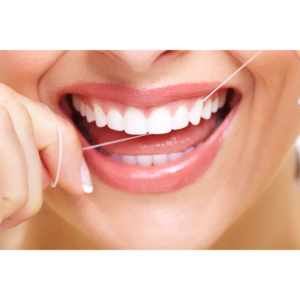 Your Health is Hanging by a Thread – The Story of Dental Floss
Your Health is Hanging by a Thread – The Story of Dental Floss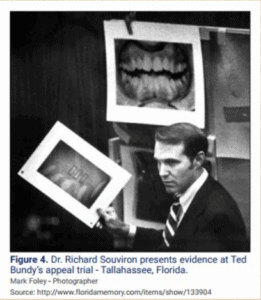 Do you watch CSI, or Bones? They often rely on forensics to identify remains. Dr. Still is not a forensic dentist, but we thought this topic was very interesting! Throughout history, dental forensics has played an important role. As dental professionals, we continue to play a key role by keeping quality records on each patient. This is done by keeping records legible, accurate, and current, which of course, Smile Sarasota does. The role of forensic dentistry plays a major role in the identification of those individuals who cannot be identified visually or other means. The unique nature of our dental anatomy and the placement of custom restorations ensure accuracy when the techniques are correctly employed.
Do you watch CSI, or Bones? They often rely on forensics to identify remains. Dr. Still is not a forensic dentist, but we thought this topic was very interesting! Throughout history, dental forensics has played an important role. As dental professionals, we continue to play a key role by keeping quality records on each patient. This is done by keeping records legible, accurate, and current, which of course, Smile Sarasota does. The role of forensic dentistry plays a major role in the identification of those individuals who cannot be identified visually or other means. The unique nature of our dental anatomy and the placement of custom restorations ensure accuracy when the techniques are correctly employed.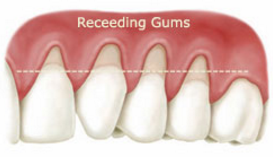
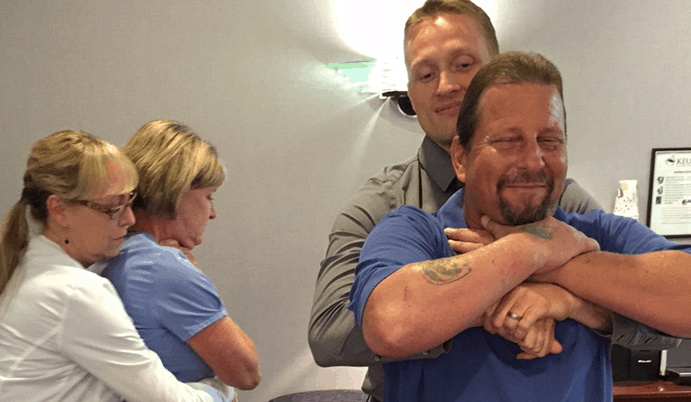 What the heck are we doing to each other??!! Pictured is Bill Sullivan of the American Heart Association, with Dr. Still, Liz and Lori, brushing up on the life saving skills of CPR (Cardiopulmonary Resuscitation), use of an AED (Automated External Defibrillator) and the Heimlich Maneuver, now called the Abdominal Thrust, which could save someone from choking.
What the heck are we doing to each other??!! Pictured is Bill Sullivan of the American Heart Association, with Dr. Still, Liz and Lori, brushing up on the life saving skills of CPR (Cardiopulmonary Resuscitation), use of an AED (Automated External Defibrillator) and the Heimlich Maneuver, now called the Abdominal Thrust, which could save someone from choking. Do you chew gum? Chewing gum has been proven to increase brain function and overall cognitive thinking as well as suppress appetite. Now, there is an even better reason why we should all be chewing it. Research has been conducted and published that states that chewing gum can remove almost as much intra-oral bacteria as brushing your teeth twice a day and flossing regularly. . ..The gum does have to be sugarless or contain artificial sweeteners to work. Thankfully, Tampa Bay Rays pitcher, David Price in the photo is chewing gum and not tobacco! We’ll discuss tobacco in another post.
Do you chew gum? Chewing gum has been proven to increase brain function and overall cognitive thinking as well as suppress appetite. Now, there is an even better reason why we should all be chewing it. Research has been conducted and published that states that chewing gum can remove almost as much intra-oral bacteria as brushing your teeth twice a day and flossing regularly. . ..The gum does have to be sugarless or contain artificial sweeteners to work. Thankfully, Tampa Bay Rays pitcher, David Price in the photo is chewing gum and not tobacco! We’ll discuss tobacco in another post.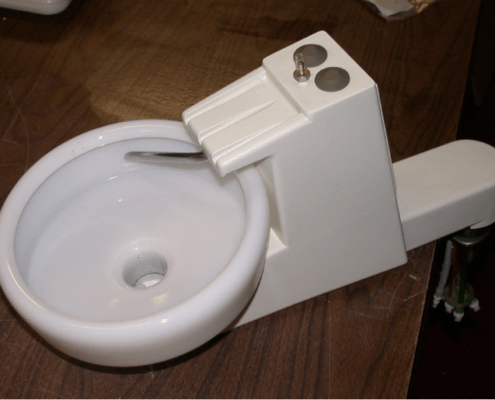 Depending upon your age, you may remember sitting in the dental chair and to your left was a bowl that was used to spit in. (The correct name for this bowl is a cuspidor.) Ever wonder why most dental offices no longer use them? It’s pretty simple if you think about it…first, the running water. It ran and ran and ran all day long. While you may think this washed out bacteria and other gook, think again, and that thought may make you say ICK, hence the second reason dental offices no longer use the spit bowl. Ick.
Depending upon your age, you may remember sitting in the dental chair and to your left was a bowl that was used to spit in. (The correct name for this bowl is a cuspidor.) Ever wonder why most dental offices no longer use them? It’s pretty simple if you think about it…first, the running water. It ran and ran and ran all day long. While you may think this washed out bacteria and other gook, think again, and that thought may make you say ICK, hence the second reason dental offices no longer use the spit bowl. Ick.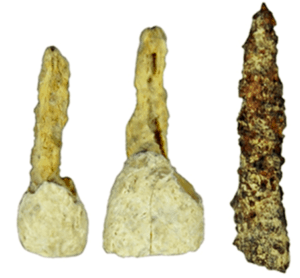 The most notable implant discovery came in 1931, when an archeologist in Honduras found the mandible of a Mayan woman thought to be in her twenties. The mandible contained three tooth-shaped seashells inserted into the sockets that once held teeth. At first, scientists believed the shells were inserted post-mortem, but in 1970, a curious dental academic discovered that bone had grown around the seashells, meaning they served as tooth replacements while the woman was alive.
The most notable implant discovery came in 1931, when an archeologist in Honduras found the mandible of a Mayan woman thought to be in her twenties. The mandible contained three tooth-shaped seashells inserted into the sockets that once held teeth. At first, scientists believed the shells were inserted post-mortem, but in 1970, a curious dental academic discovered that bone had grown around the seashells, meaning they served as tooth replacements while the woman was alive.
